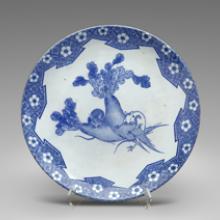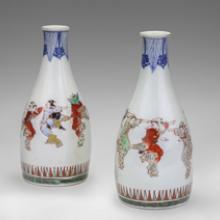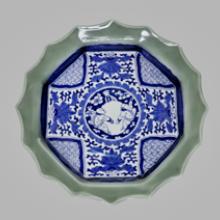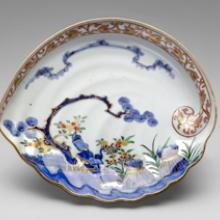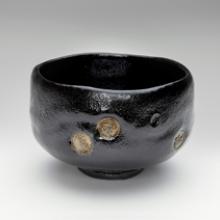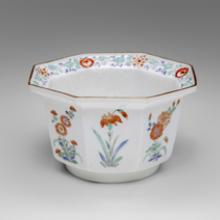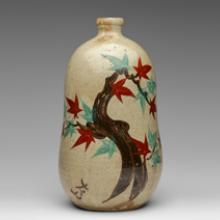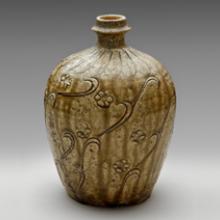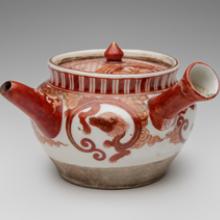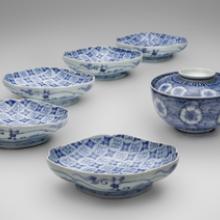Japanese Ceramics: An Enduring Tradition
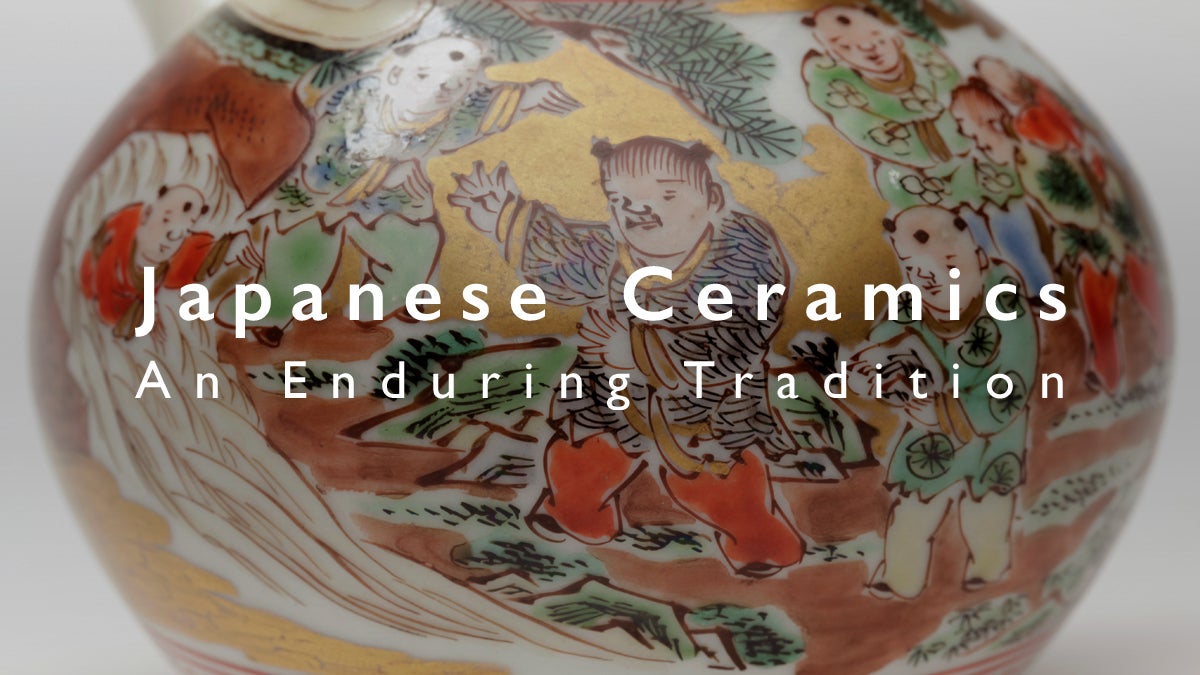
Japanese Ceramics: An Enduring Tradition
The Japanese have created pottery for thousands of years and continue to uphold a special reverence for ceramics. The earliest Jomon pottery dates to about 10,500 BCE. Although Japan imported techniques and styles from China and Korea, artisans quickly mastered production methods and created distinctly Japanese-style wares.
There are many traditional ceramic manufacturing towns such as Seto, Arita, Kutani, and Kyoto. Numerous local kilns are also spread throughout Japan. It is estimated that ten thousand kilns have operated at one time or another, some run by individual potters, others by small or large groups.
Ceramic production grew exponentially during the Edo period (1615–1868). During this era of peace and prosperity, the country experienced a cultural and economic renaissance. The ceramics industry flourished due to the influence of Korean potters living in Japan; the use of new materials, techniques, and production methods; and the establishment of new kilns. The advent of the ritual tea ceremony also called for a number of new ceramic forms. A booming export trade and an active domestic market fueled by wealthy Japanese patrons, such as samurai and merchants, complemented this period of growth.
Before the seventeenth century, ceramic centers produced large amounts of pottery—both glazed and unglazed stoneware used for agrarian and utilitarian purposes. By the mid-1650s, the Japanese added porcelain in underglaze-blue (sometsuke) and colorful overglaze enamels (nishikide) to its repertoire. At the same time, the Dutch East India Company began shipping Japanese porcelain to Europe.
Ceramic production continued during the 1700s, and by the 1830s, the number of kilns throughout Japan rapidly increased, making ceramics accessible to all levels of Japanese society. In 1854, Japan opened its doors to the West after living in relative isolation from the rest of the world for over two hundred years. With the establishment of the Meiji period (1868–1912), Japan quickly industrialized. In addition to factory-made pottery, studio potters began to create a wide and imaginative range of wares.
This exhibition presents many of Japan's ceramic styles from the Medieval period (late 1100s– late 1500s) to the twentieth century—from glazed stoneware, to teabowls and porcelain food-serving vessels, as well as a variety of underglaze blue and overglaze enamel porcelains.
This exhibition was made possible by a generous loan from Richard Mellott.
Photography is not permitted.
©2010 by San Francisco Airport Commission. All rights reserved.
